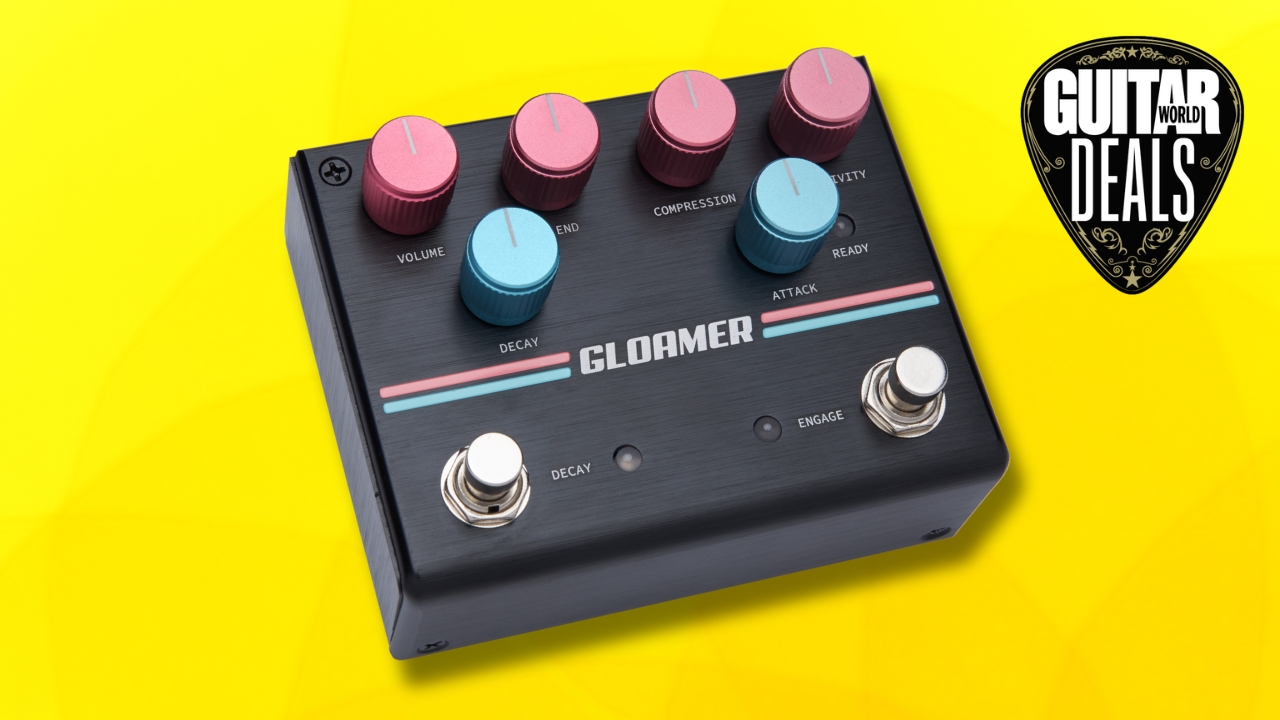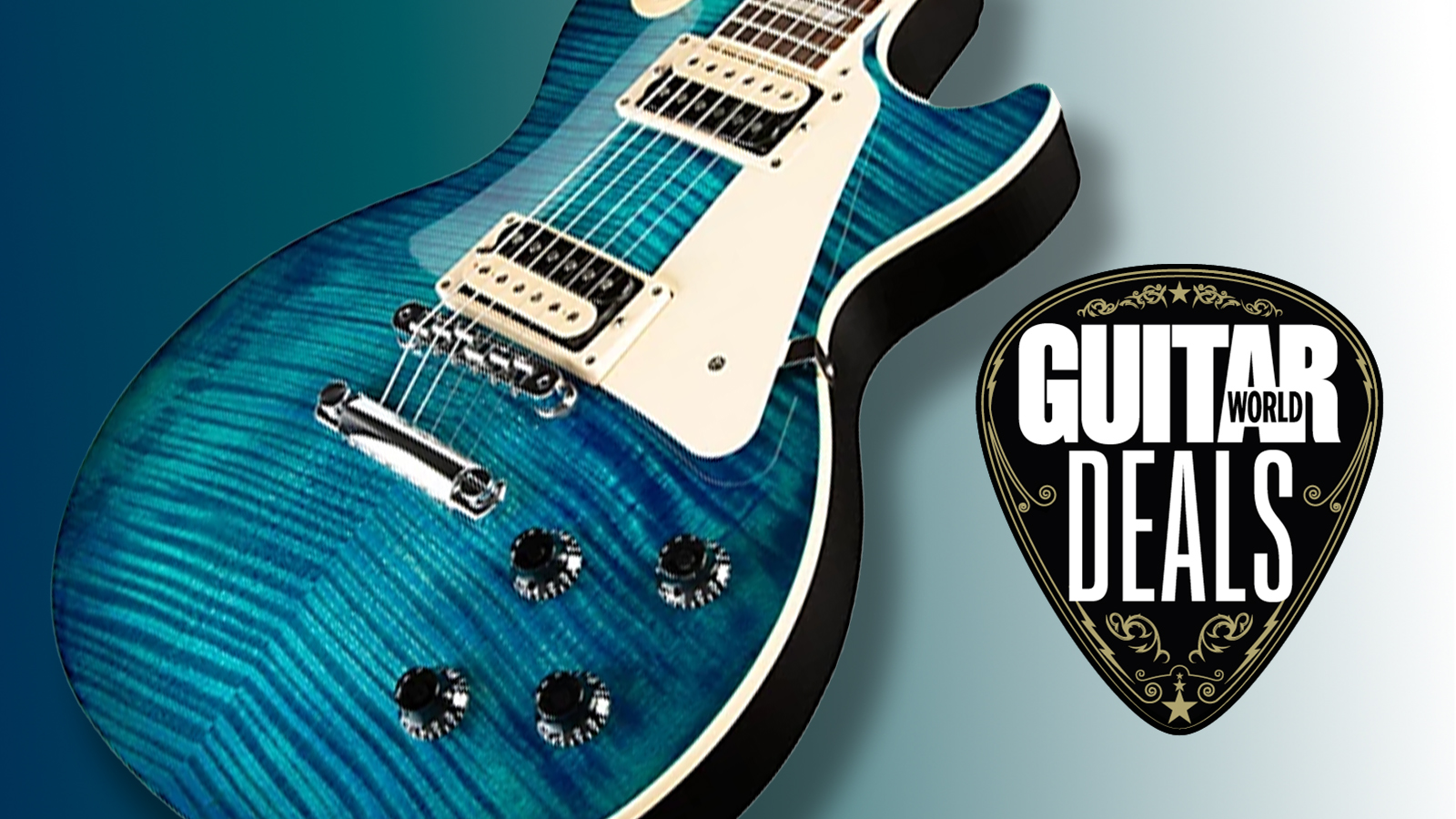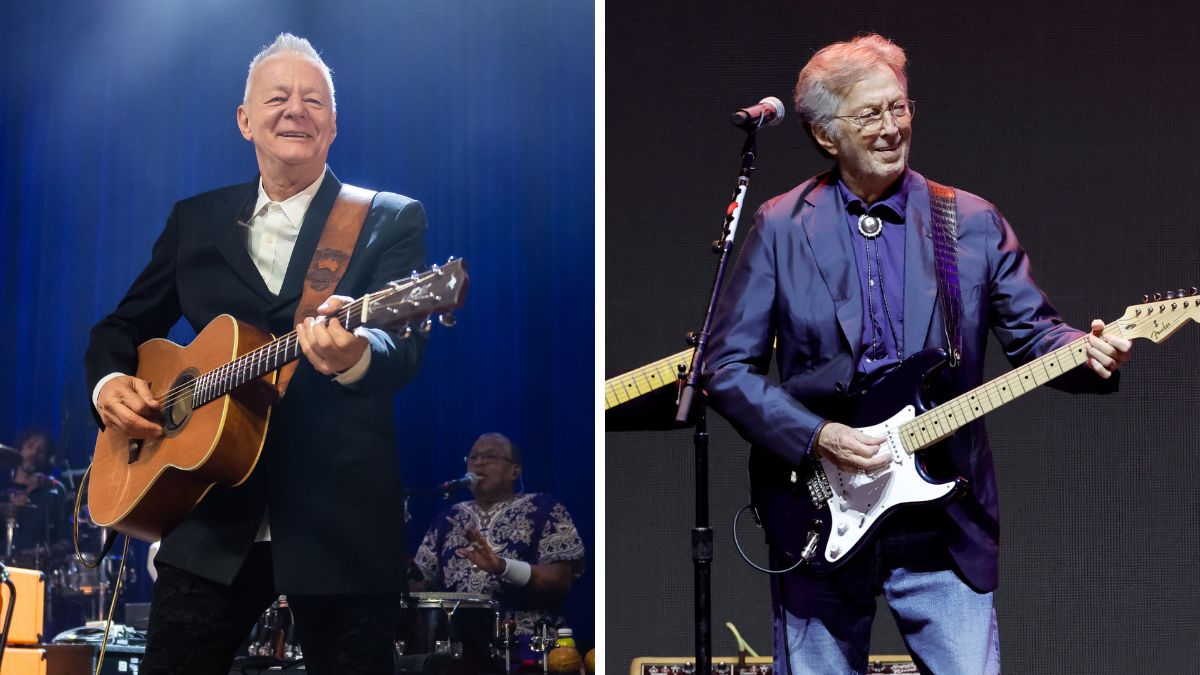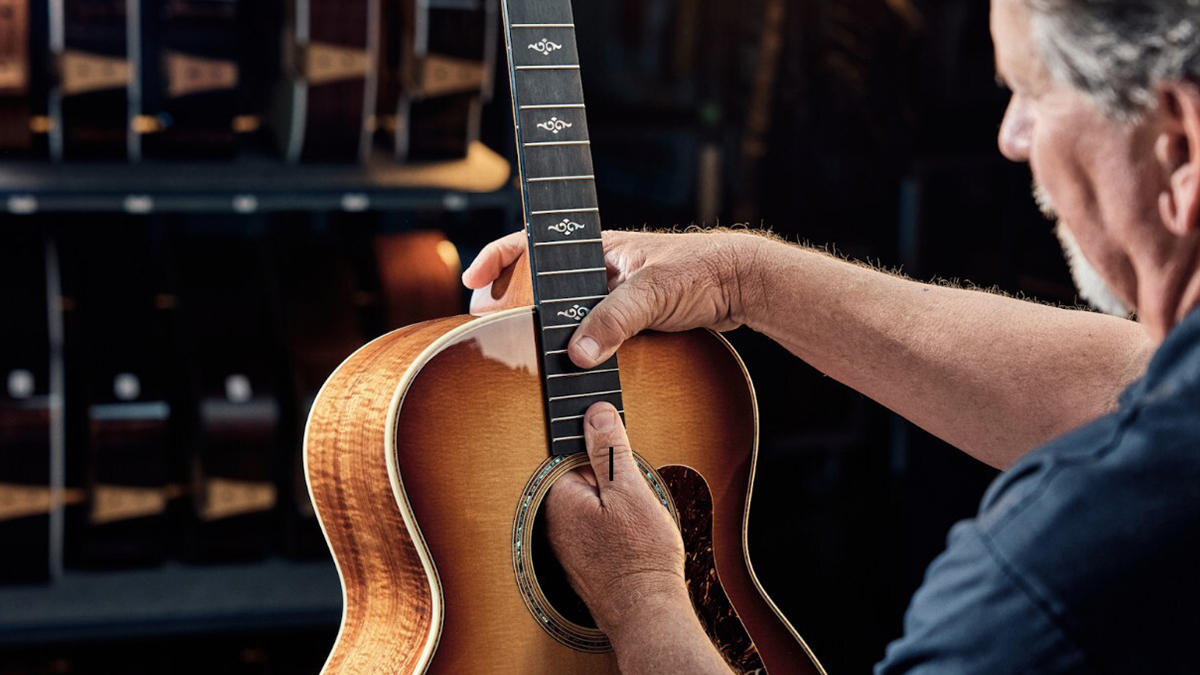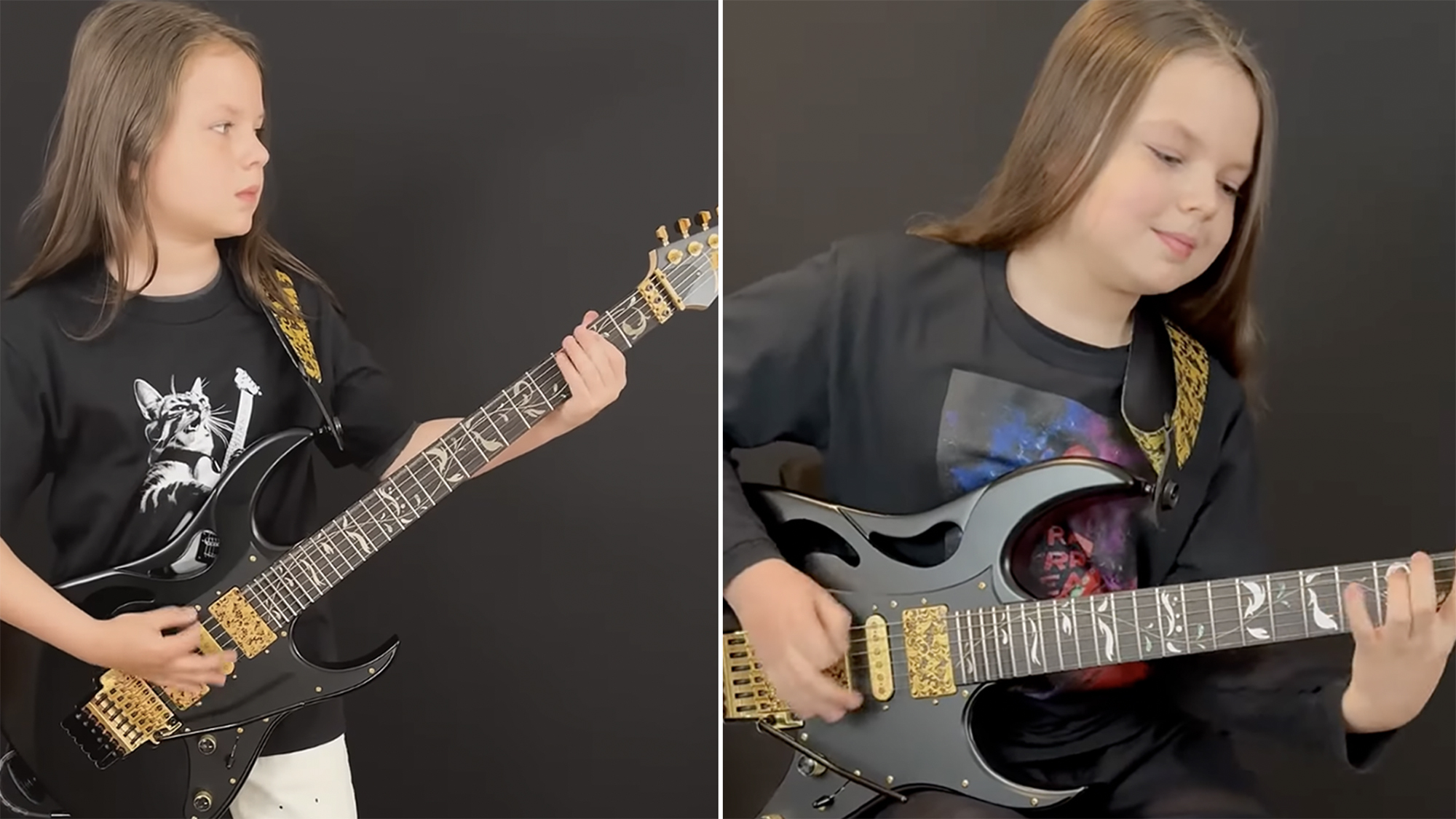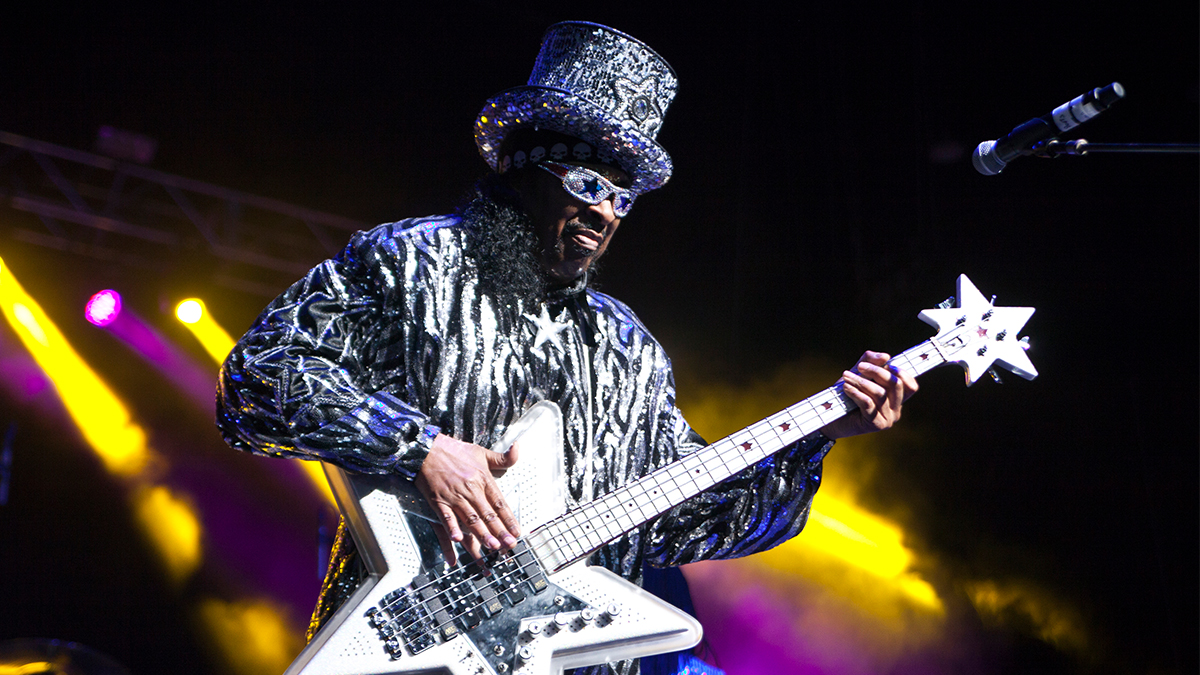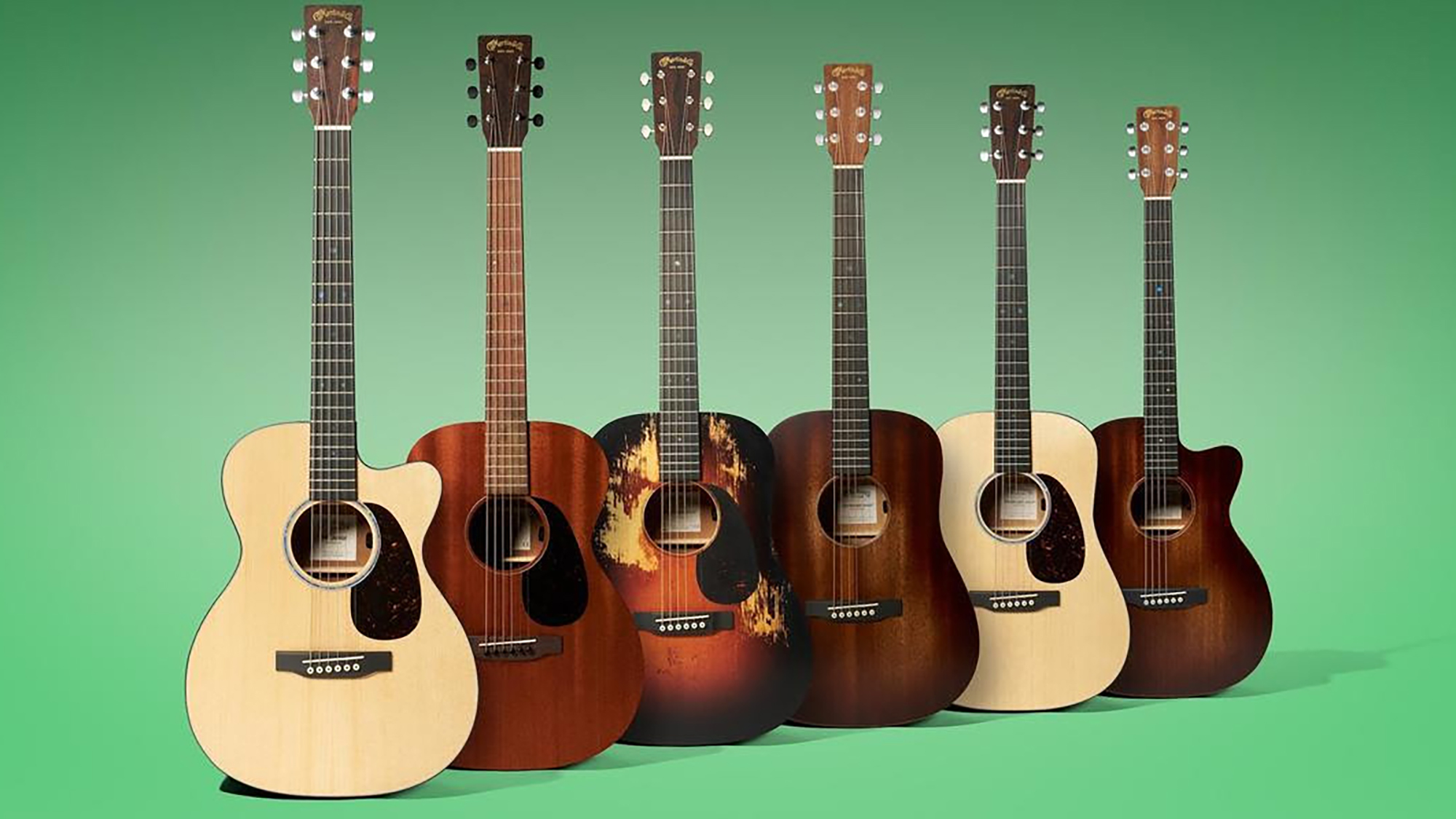“After I made the RD with Epiphone I found it wasn't actually that comfortable to play live”: Bring Me the Horizon’s Lee Malia is no stranger to signature offsets – but he wasn’t too fond of his first
Years before launching one of 2025's most desirable builds with Jackson, Malia partnered with Epiphone for a range of signature guitars back in 2014
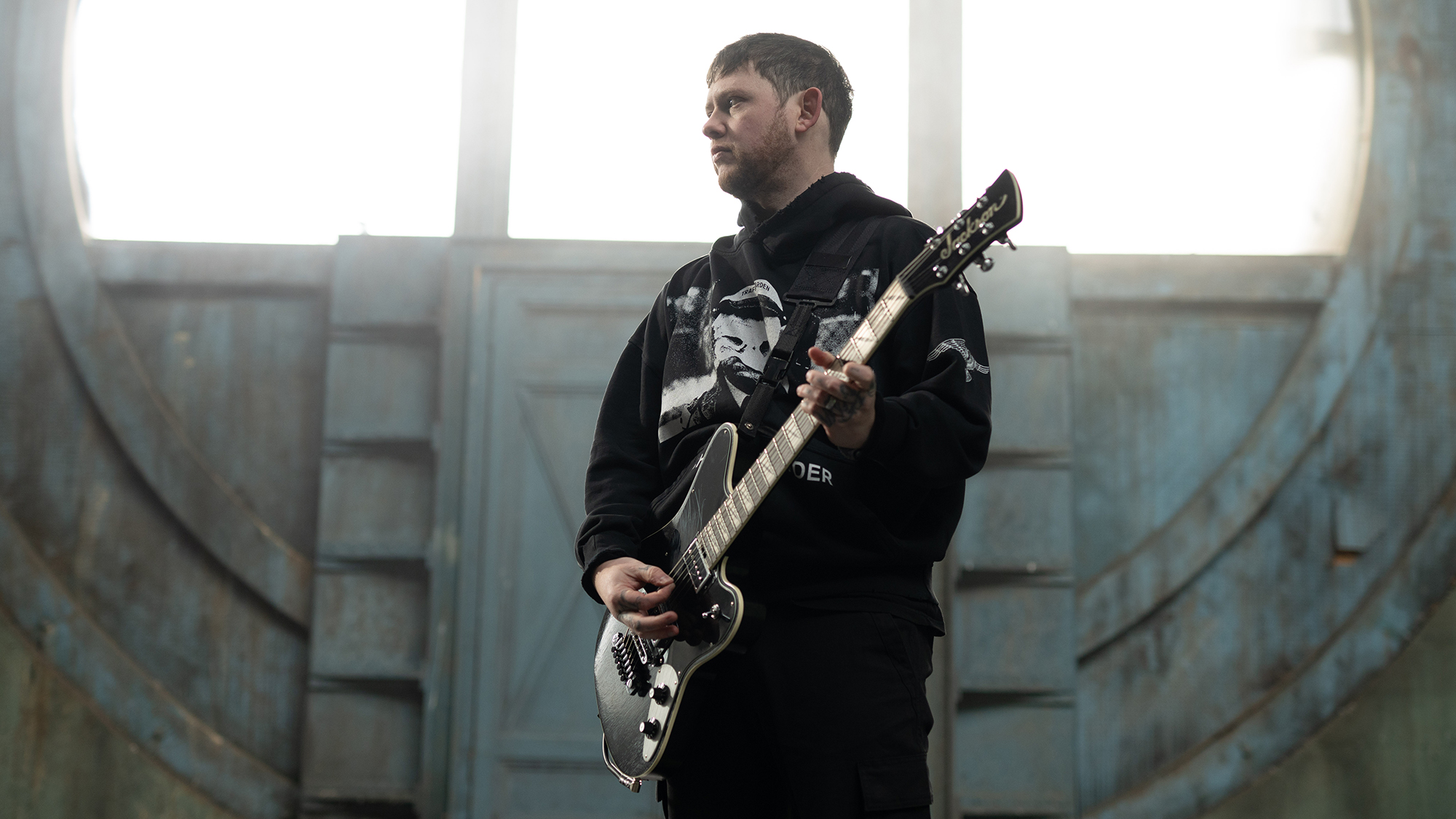
This week, Bring Me The Horizon’s Lee Malia and Jackson unveiled the LM-87 – a gorgeous, Surfcaster-inspired electric guitar that continued to champion the rising popularity of offset instruments in the metal world.
The highly anticipated six-string has been a long time coming – it was first teased in a rig breakdown from Jackson a year ago – but those familiar with Malia’s work will be aware that, although this is his first signature Jackson guitar, it is not his first signature guitar outright – nor is it his first signature offset.
Rather, Malia previously partnered with Epiphone back in 2014 for a fully fledged signature line that was rolled out over a few years, comprising a Les Paul Artisan, Explorer Custom Artisan, and, most intriguingly, an RD Custom Artisan.
However, Malia’s memories of the quirky Gibson design aren’t especially warm, as he reveals in a new interview with Guitar World.
“After I made the RD with Epiphone I found it wasn't actually that comfortable to play live, and I didn't know until I toured it,” he says. “They didn’t sit right.”
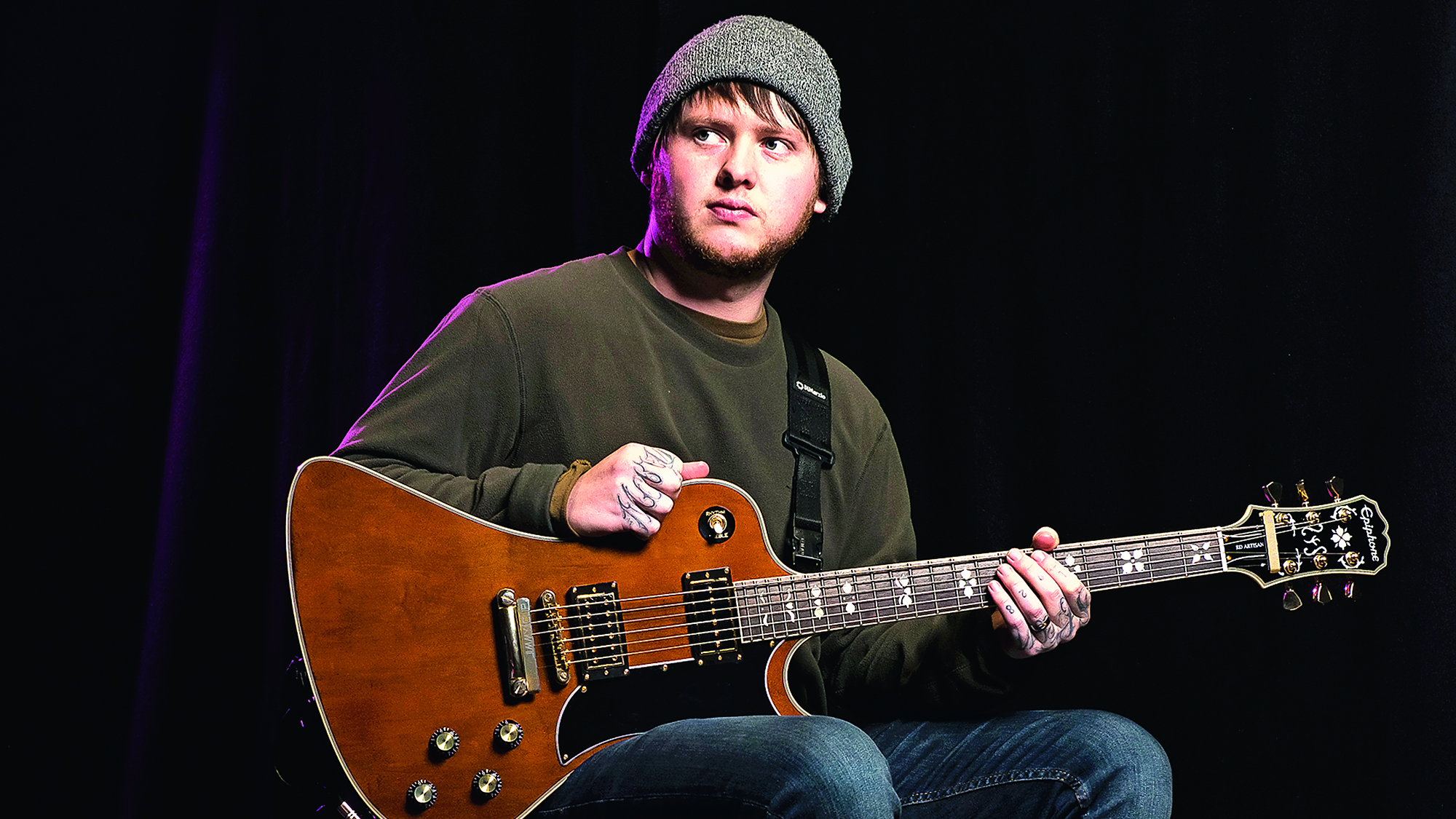
Malia’s comments come off the back of discussing the rising prevalence of offset guitars permeating across the heavy and metal worlds, which, he says, probably has something to do with their practicality and playability in comparison to conventional models.
“I find them really comfortable to play,” he says of offsets and his signature Surfcaster in particular. “With this, the cut for the arm and everything, it just works straight away.”
Get The Pick Newsletter
All the latest guitar news, interviews, lessons, reviews, deals and more, direct to your inbox!
Malia’s Surfcaster is deliberately lighter than most other guitars he plays, too – a design aspect that was drilled down during the development phase.
“It’s lighter than the first prototypes,” Malia explains. “Now we’re headlining festivals, we're often playing for nearly two hours so lighter guitars are so relieving.
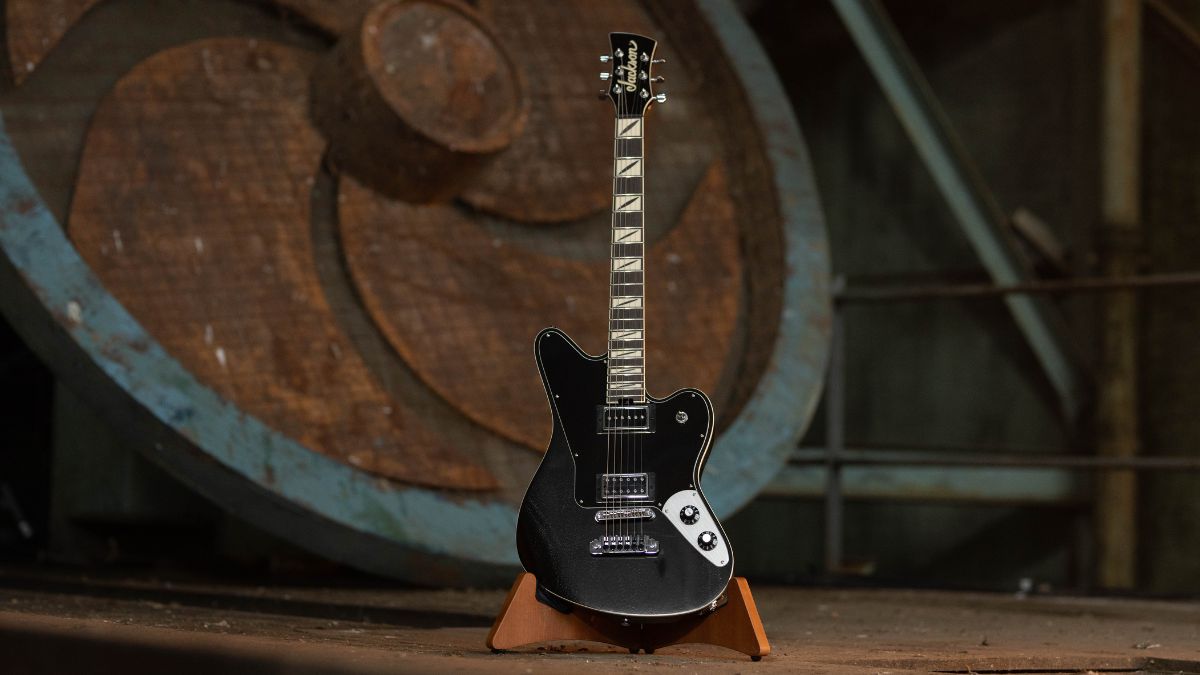
“I used to have this thing about, when I had guitars, I'd weigh them and I'd use the heaviest one, because, for some reason, I thought I played better because it felt heavier; like I could lay into it more or whatever. As I've got a bit older and my back's got worse, the lighter guitars are definitely better.”
Guitar World’s full interview with Lee Malia will be available soon.
Head over to Jackson to find out more about the LM-87.
Metal offsets are becoming more and more common, having been championed by the likes of Misha Mansoor, Alex Wade and Mike Stringer.
The RD, meanwhile, has recently been reissued by Gibson.

Matt is the GuitarWorld.com News Editor. He has a Masters in the guitar, a degree in history, and has spent the last 16 years playing everything from blues and jazz to indie and pop. When he’s not combining his passion for writing and music during his day job, Matt records for a number of UK-based bands and songwriters as a session musician.
You must confirm your public display name before commenting
Please logout and then login again, you will then be prompted to enter your display name.
“Tom would say, ‘Play your guitar with a car key.’ It was very experimental”: Little Feat's Fred Tackett recalls Tom Waits' left-field approach to guitar playing – and his one-of-a-kind studio sessions
“Seeing friends and heroes of mine having their solos plagiarized broke my heart”: Giacomo Turra used their solos note-for-note for his own viral content. Now the guitarists who had their playing “stolen” are speaking out

